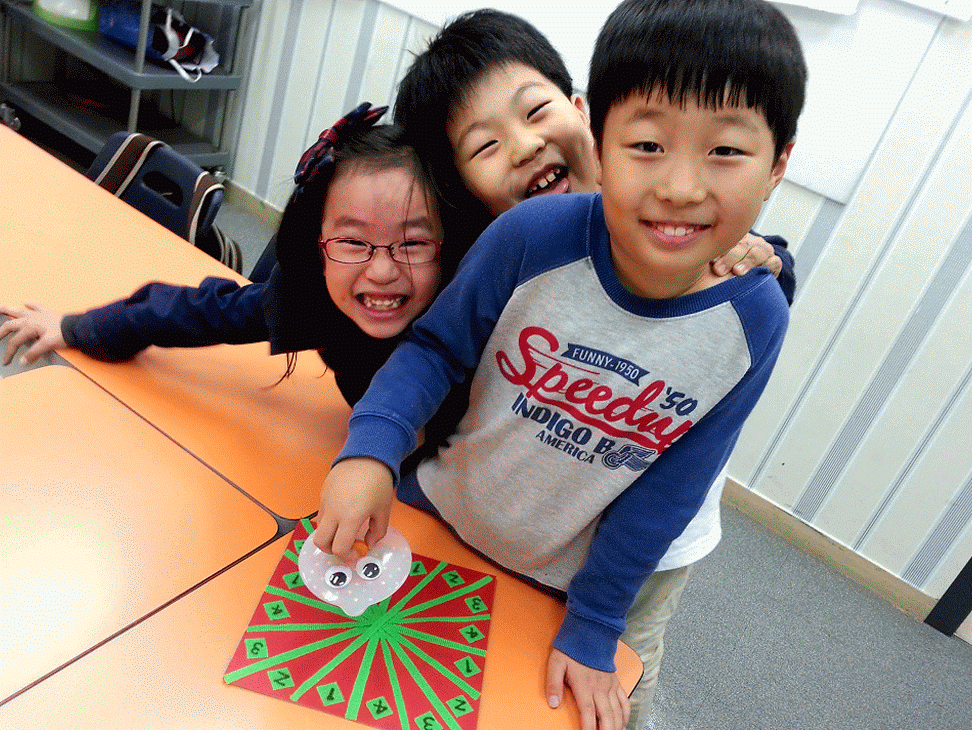Teaching and Learning are my lifetime commitment.
No Hay Otro Yo en el Mundo.
(There is not another me in the world.)
 |  |  |
|---|---|---|
 |

Teaching Philosophy
"No hay otro yo en el mundo" by Miguel de Cervantes, an author of "Don Quixote de la Mancha" has been my motto for almost twenty years. Its meaning is "There is not another me in the world", which indicates my life value that I (the teacher) and others (my students and peer teachers) are precious human beings. Therefore, I would like to learn precious things from others (my students and my peer teachers). Both in my real classrooms and outside of classrooms, I have tried to realize my motto. With this introspection, I would like to be a facilitator who assists my students to grow their autonomy in a student-centered classroom atmosphere. Furthermore, I would like to facilitate my students in order to become the learners who have a communicative competence by communicative language teaching.
First of all, I would build a very trustworthy and personal relationship with my students by "realness", "acceptance" and "empathy" to be a seasoned facilitator (Rogers, 1961). To do this, I would not pretend to be all-knowing and perfect rather I might have frustration or anger, however, significantly, I would like to be the teacher who has the attitude of respect, warmth, caring, liking, and understanding. I would open my ears widely in order to listen to what my students try to say or explain, such as their thoughts, ideas, and feelings. I would discard the habit of evaluation of the students and instead, try to respond to the students in order for them to feel free to explain their thoughts to the teacher. I would emphasize that a teacher as a facilitator should be able to understand the students' emotional status in order for them to learn a significant knowledge cognitively. The students are on their way, sometimes excitedly, sometimes reluctantly, to become a learning and changing being. All in all, I would like to quote this phrase "We cannot teach another person directly; we can only facilitate his learning (Rogers, 1961.)".
Secondly, I would like to inculcate my students to have "learner autonomy (Holec, 1981)" in a "student-centered classroom atmosphere". In order for the students to retain the autonomy, I should help them to identify what learning strategy they use or will use. The students can identify their learning strategies through the scaffolding of the interaction (collaborative learning) with teacher or peers in the Zone of Proximal Development (ZPD). They come to recognize their learning strategy and the improvement of their English while they participate into the collaborative learning tasks, such as Peer Assisted Learning (Fuchs, 2000) task or pair work or group work, listening to their peers' or the teacher's English as well as speaking their own English. The "student-centered classroom atmosphere" can be assembled in the procedure of "scaffolding in ZPD". The students can formulate their own learning questions, answer, debate, brainstorm, discuss, and explain by themselves in the collaboration with the teacher and the peers. Recalling my English learning experiences, with collaborative works with my peers, I felt like I had a confidence in using English. My teacher and peers always encouraged me not to hesitate to make mistakes. With these experiences, I would make my students cultivate autonomy in their learning.
Finally, I would like to teach with the instructional goal of "communicative language teaching" in order for my students to acquire the "communicative competence (Hymes, 1966)". It contains not only the vocabulary, phonology, grammar, and other aspects of linguistic structure but also when to speak (or not), what to say to whom, and how to say it properly in any given situation. As my students practice to produce English with the teacher and peers, they could build the cumulative and empirical knowledge in using English. There is a correlation between the learner-centered classroom and communicative language teaching because by the teacher's eliciting appropriate questions which evoke cognitive and voluntary answers from the students, students could increase their communicative competence. I believe that as cooperative learning lessons which entail communicative teaching methodology go by, students can acquire a confidence in using English. Even though they could sometimes make mistakes, if I provide a good model, scaffold appropriately, give feedback which can evoke my students' recognition of their learning process, provide authentic materials with them, and encourage them, my students could become competent communicators.
In conclusion, I could ascertain that as a seasoned facilitator, I would elicit the autonomy from my students in the student-centered classroom in order for them to acquire the communicative competence by the communicative language teaching. I would learn a variety of things from my students. For example, I could learn how my students negotiate meaning each other or how they reflect on their learning or how they acquire their English proficiency and so forth. With my motto "No hay otro yo en el mundo", I would realize my teaching value as a "facilitator".
References
Harrison, R., Reeve, F., Hanson, A., & Clarke, J. (2002). Supporting Lifelong Learning:perspectives on
learning (Vol. 1). London: RoutledgeFalmer.
Holec, H. (1981). Autonomy and foreign language learning. Council of Europe.
Topping, K., Buchs, C., Duran, D., & Keer, H. (2017). Effective Peer Learning. New York, NY:Routledge.
Saville-Troike, M. (2006). Introducing Second Language Acquisition (2nd ed.). New York, NY:Cambridge
University Press.

